Netflix's move into live programming just got a rocket boost. NASA announced this summer that its NASA+ live feeds—including rocket launches, spacewalks, and those mesmerizing Earth views from the International Space Station—are heading to Netflix. This marks the first time Netflix has embedded live programming from an outside source directly into its U.S. platform.
For cord-cutters, this is exactly the kind of premium live content that makes streaming services worth the subscription price. The space economy's $131.8 billion impact on U.S. GDP is fueled largely by private R&D investments and companies like SpaceX, which has launched 101 times this year alone—creating an unprecedented volume of live space events to stream. Netflix's timing couldn't be better—shares are trading at all-time highs, up almost 51% since the beginning of the year.
Why this partnership actually matters for streamers
Let's break down what makes this deal significant beyond the "wow, space on Netflix" factor. After testing NASA+ against YouTube feeds during 15 major launches over the past year, the user experience advantages become immediately clear. NASA+ launched in 2023 as a free, ad-free streaming service, and it's already pulling four times more viewers than NASA's traditional cable channel—a remarkable achievement for a government agency competing against entertainment giants.
The technical advantages extend beyond simple viewing numbers. While SpaceX's YouTube channel handles individual launches well, NASA+ provides comprehensive mission coverage that traditional platforms can't match. The content isn't just rocket launches (though those are spectacular)—you'll get live spacewalk coverage, mission updates, and those hypnotic live feeds from the ISS that currently stream to only 200 people on YouTube at any given time. That's a tiny fraction of potential audience for content this compelling.
NASA's Rebecca Sirmons puts it perfectly: "The National Aeronautics and Space Act of 1958 calls on us to share our story of space exploration with the broadest possible audience." Netflix's global reach of more than 700 million people transforms a niche streaming experience into mainstream accessibility.
What you're getting (and what you're not)
Here's the practical breakdown: Netflix will host NASA+ as a live feed, but only live streams are part of this deal. Archive footage and documentaries stay locked to the NASA+ website and app. Think of it as Netflix handling the appointment television moments while NASA maintains its comprehensive library elsewhere.
The live programming lineup is more robust than most cord-cutters realize. Beyond rocket launches (and with SpaceX hitting 101 launches this year, there's genuine appointment viewing almost weekly), you'll catch astronaut spacewalks, real-time mission coverage, and those stunning Earth views from orbit that make perfect background viewing. For context, recent Crew-9 astronauts conducted over 150 unique scientific experiments during their mission—that's the kind of behind-the-scenes science discovery you'll witness live as it happens.
NASA+ remains free and ad-free on its own platforms, so you're not losing access if you don't have Netflix. But Netflix's interface integration eliminates the friction that currently keeps space content niche. Additional programming details will be announced before the summer launch.
The bigger streaming picture
This partnership signals Netflix's strategic evolution beyond traditional entertainment into must-see live content. Previously, space enthusiasts faced limited streaming options: Hulu Live TV includes NASA TV for $82.99 a month, or you could hunt down launches across multiple platforms like SpaceX's YouTube channel and NASA's various feeds. Netflix just streamlined that entire discovery process into a single interface.
The timing aligns perfectly with a massive shift in space content availability. NASA shut down its cable networks in August 2024, betting entirely on streaming. That gamble is paying off—NASA+ viewership is crushing traditional broadcast numbers, proving that space content thrives when it's easily discoverable rather than buried in cable packages.
The broader trend connects to the commercial space boom that's fundamentally changing launch frequency. SpaceX's Falcon Heavy launched in 2018, Blue Origin crossed the Karman Line in 2021, and the commercialization of space is creating sustained content opportunities across multiple sectors. This isn't a temporary novelty—it's infrastructure for a new category of live programming.
For cord-cutters, this represents the streaming consolidation we've been demanding: premium live content that doesn't require expensive cable bundles or app-switching during major events. Netflix is positioning itself as the destination for historic moments, from routine ISS operations to NASA's Artemis moon missions (targeting 2028 realistically).
What this means for your viewing habits
The integration launches this summer with multiple streams expected simultaneously—a significant interface improvement over current scattered options. After comparing NASA+ directly with YouTube feeds during recent launches, Netflix's unified approach solves the biggest barrier to space content engagement: discoverability during spontaneous viewing sessions.
This move also validates streaming's complete replacement of traditional broadcast infrastructure. When NASA phased out its over-the-air broadcasts, they proved that streaming delivers superior accessibility and audience engagement. When a government agency famous for cautious decision-making goes all-in on streaming partnerships, that's a clear signal about where live content infrastructure is permanently heading.
PRO TIP: NASA+ remains available free on Roku, Apple TV, and Fire TV if you want the complete on-demand experience. But for catching launches and spacewalks without interface switching, Netflix just became your mission control dashboard.
With 2025's packed launch schedule—including the Lunar Trailblazer, multiple ISS crew missions, and Blue Origin's lunar lander tests—cord-cutters finally have a premium platform that treats space exploration like the appointment television it deserves to be.
The launch pad for streaming's future
This partnership represents more than space content integration—it's a proven blueprint for how streaming services can differentiate themselves through strategic content partnerships that serve viewer convenience rather than corporate promotion. While Netflix didn't disclose financial details, the move comes as the platform trades at all-time highs and continues expanding its live programming infrastructure.
The economics underlying this partnership reflect the space industry's transformation. What once cost governments tens of millions per launch now runs SpaceX about $15 million for reused Falcon 9 rockets. That efficiency translates directly to more frequent launches—and by extension, more consistent live content for streaming platforms to feature. The $131.8 billion space economy impact is driven largely by this private sector efficiency, creating sustainable content supply chains that traditional broadcast never could have supported.
For cord-cutters who've been waiting for streaming to fully replace cable's live content advantages, NASA on Netflix represents a systematic approach to premium programming acquisition. It proves that the best live content doesn't require traditional broadcast infrastructure—just smart partnerships and platforms willing to prioritize user experience over proprietary control. Summer can't come fast enough.




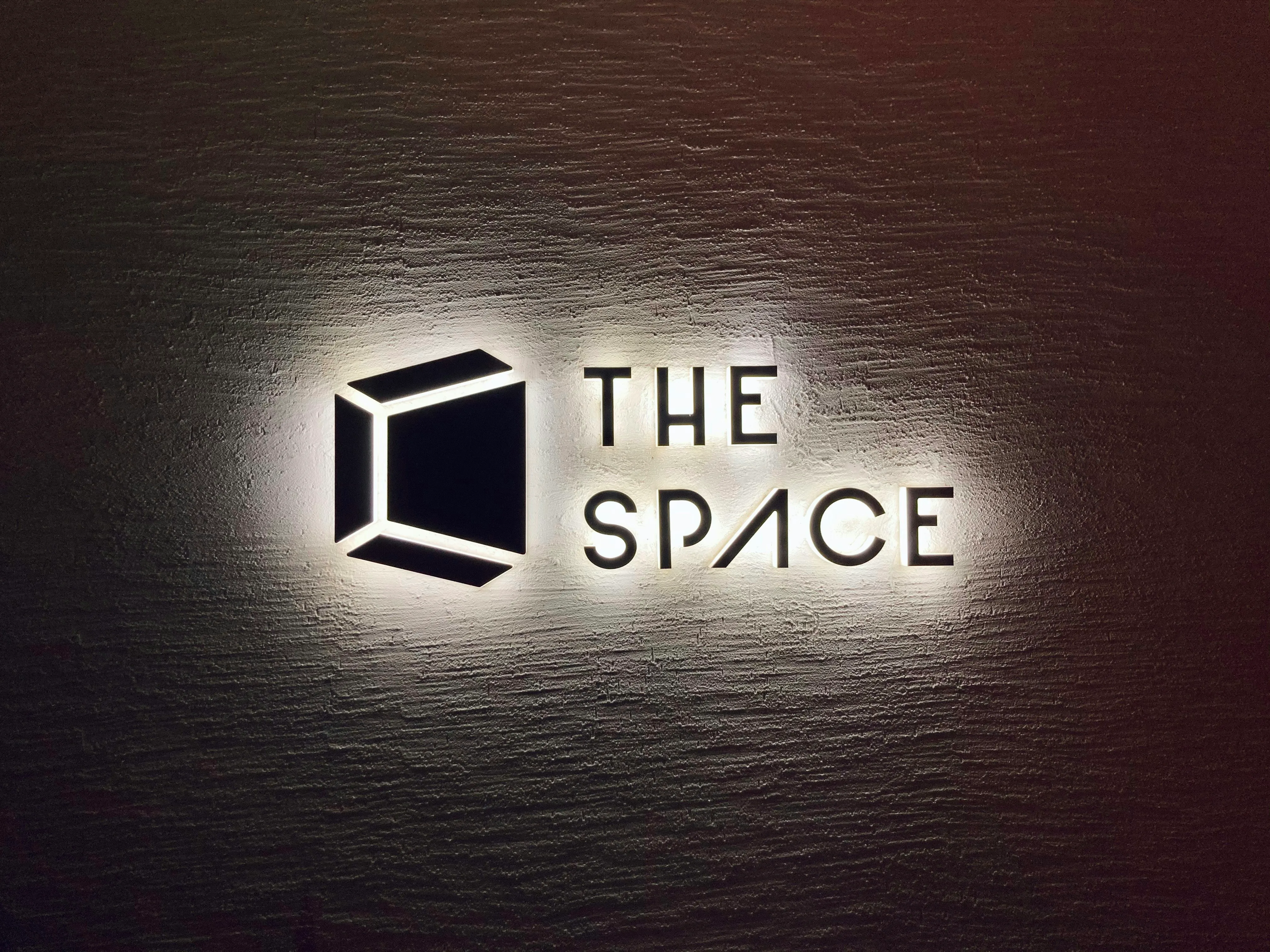
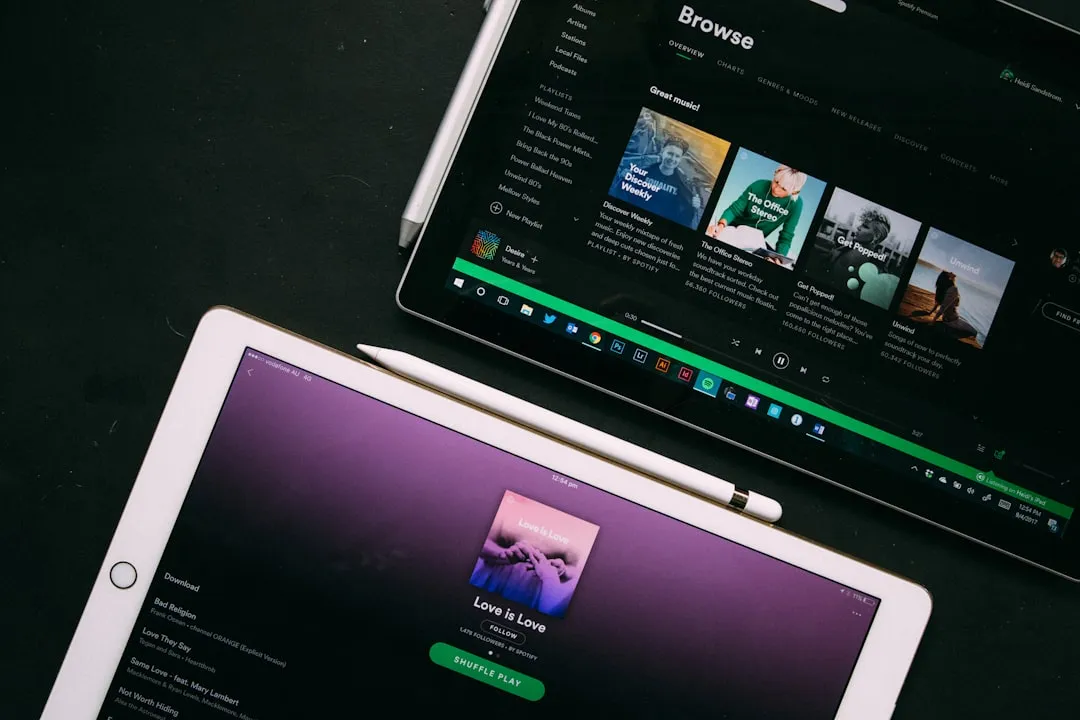


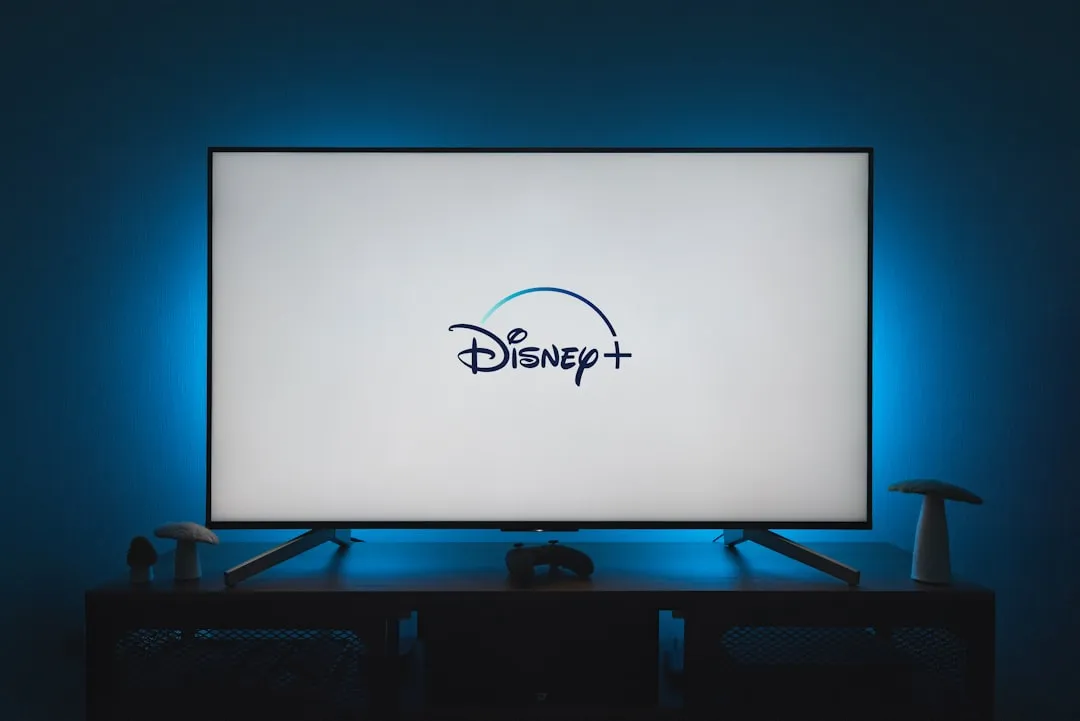

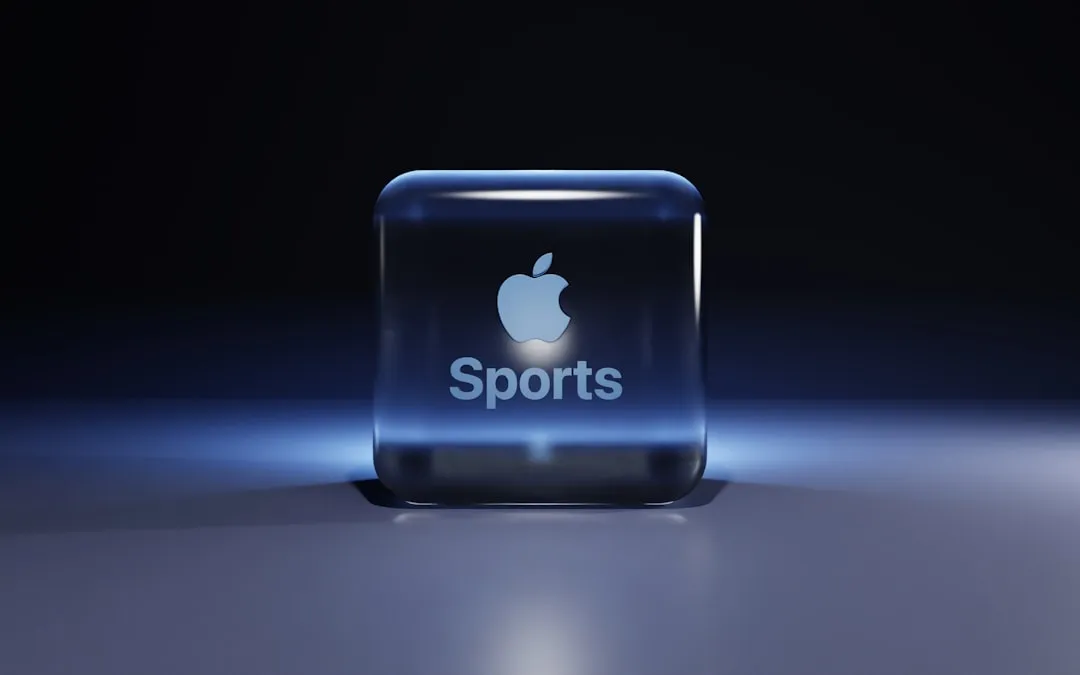
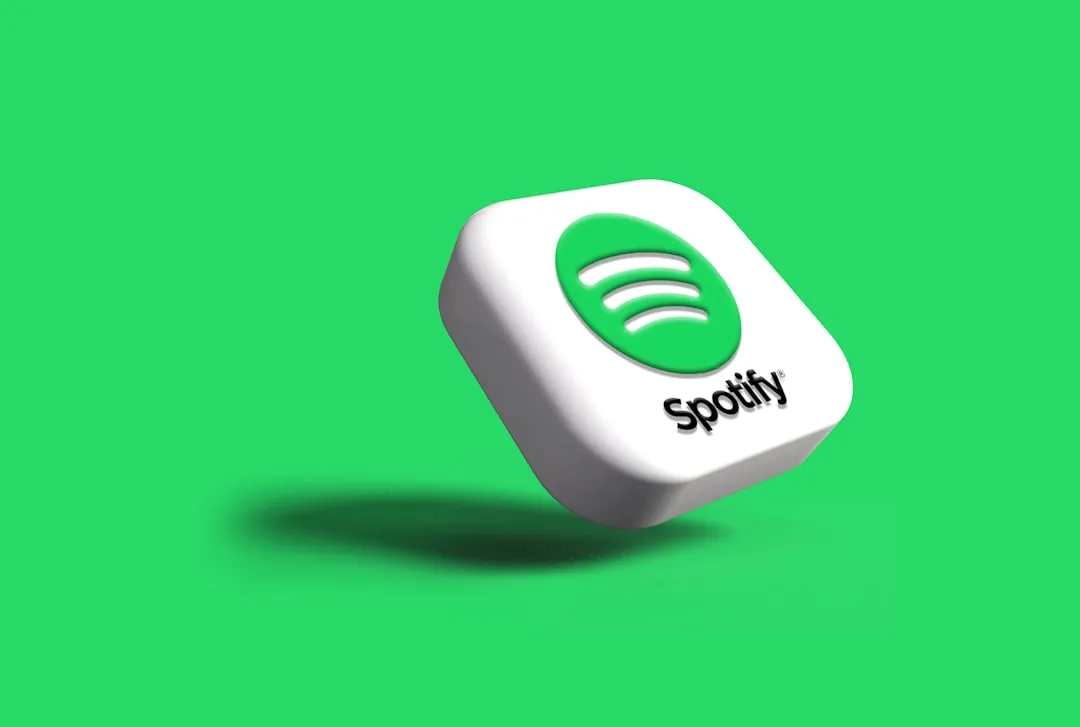




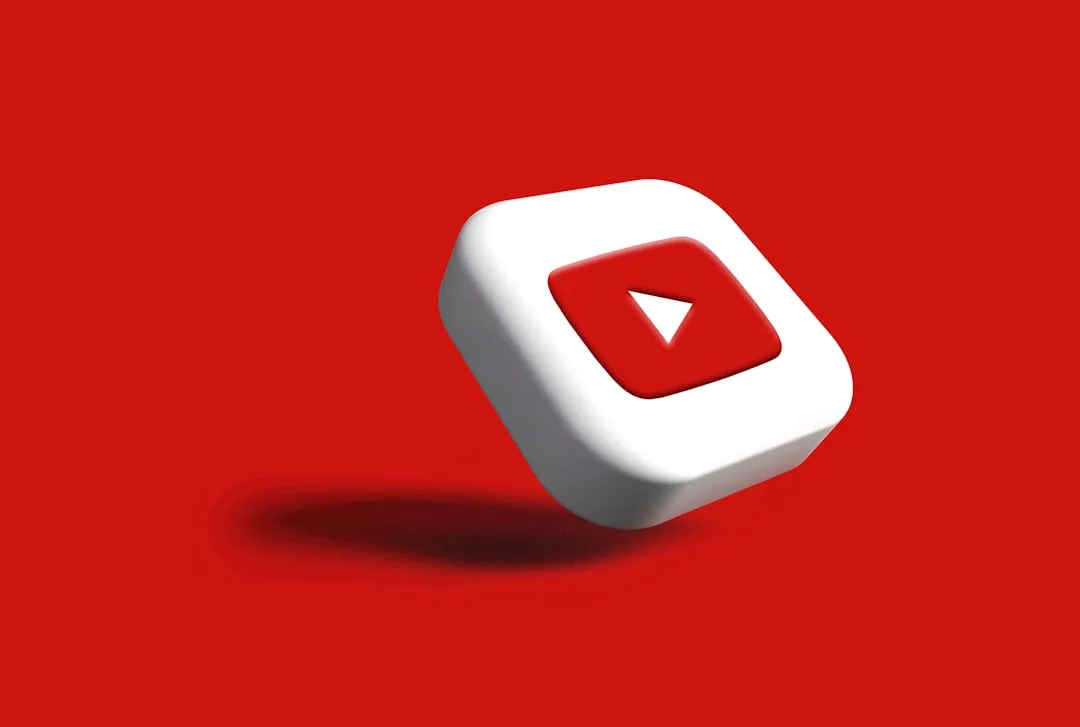
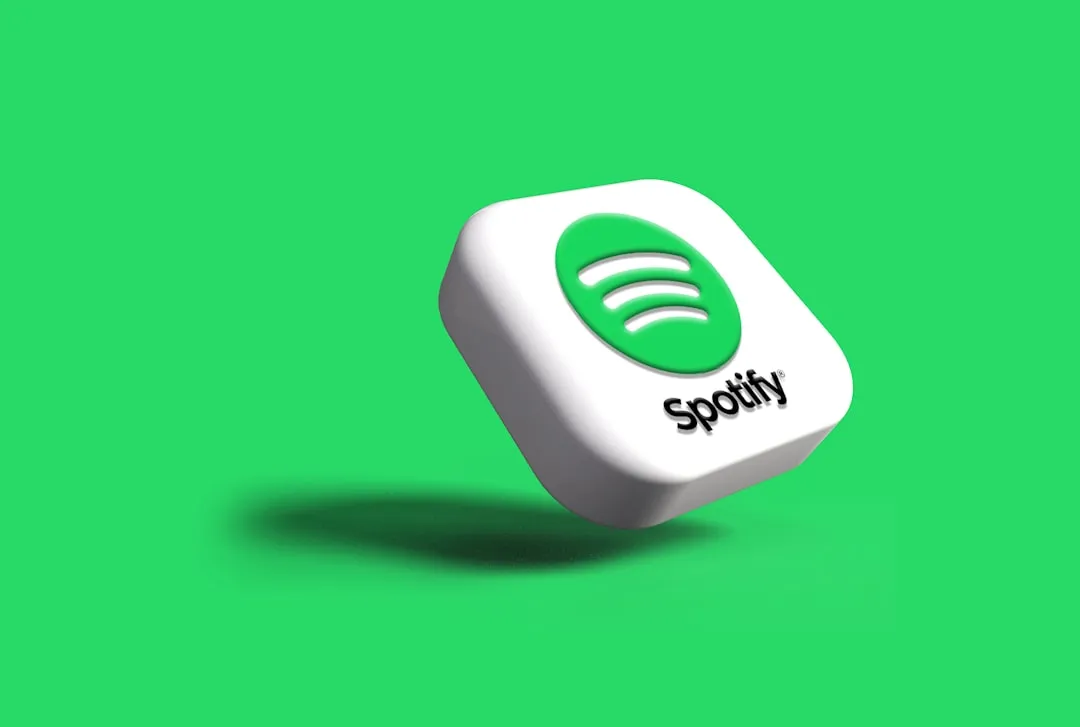
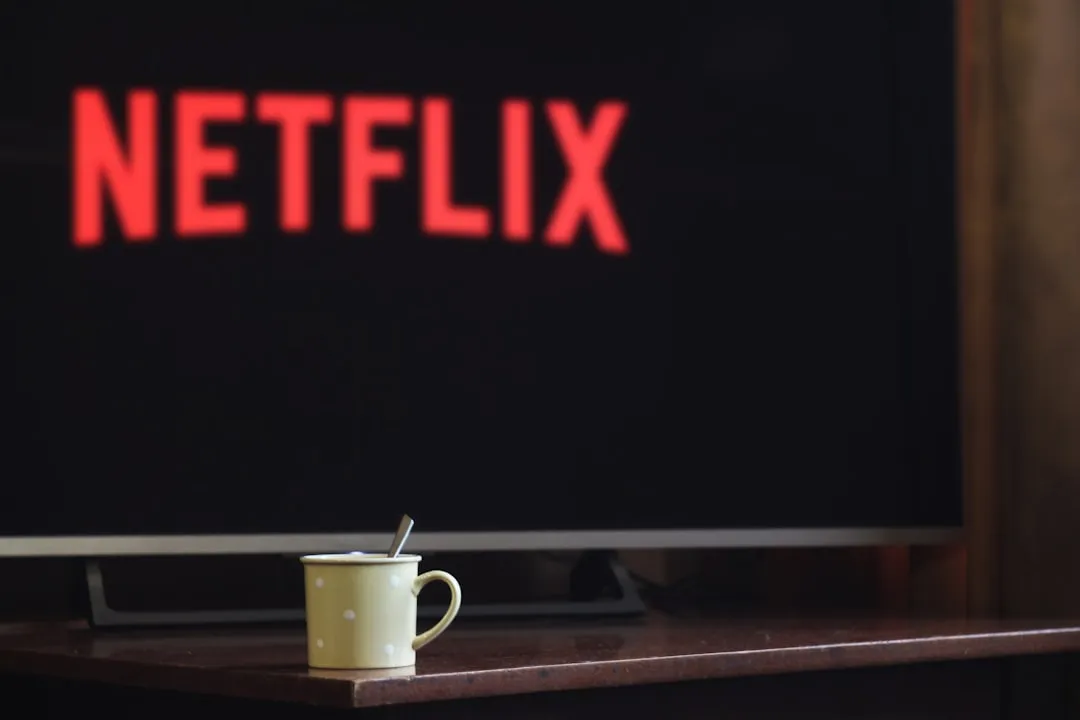

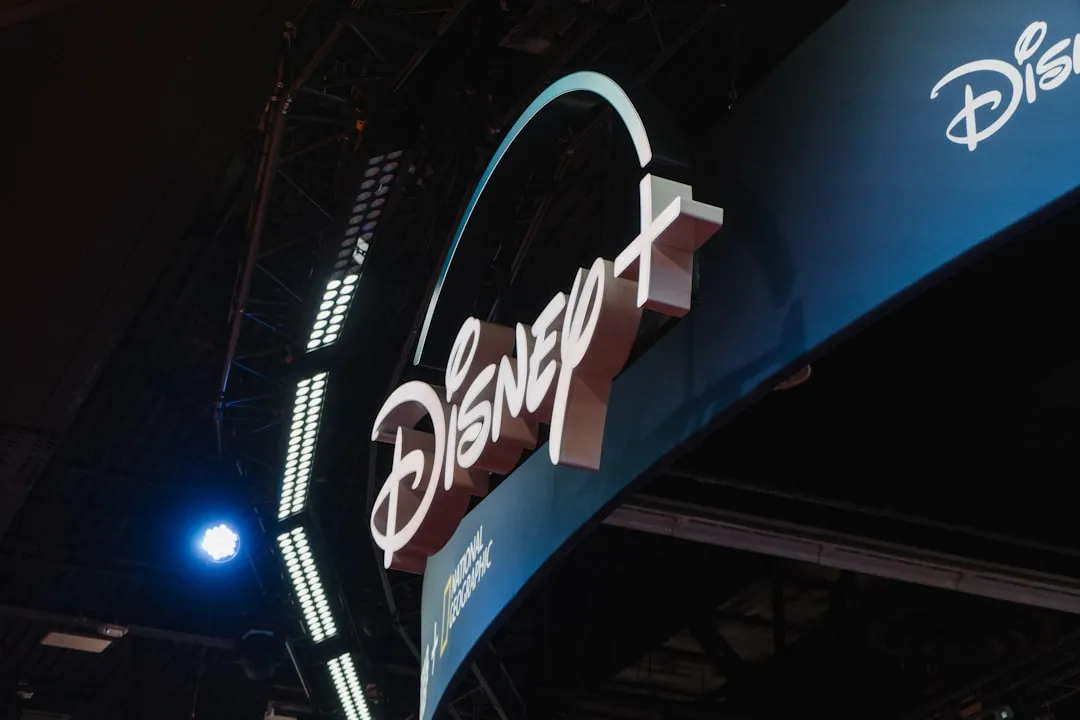
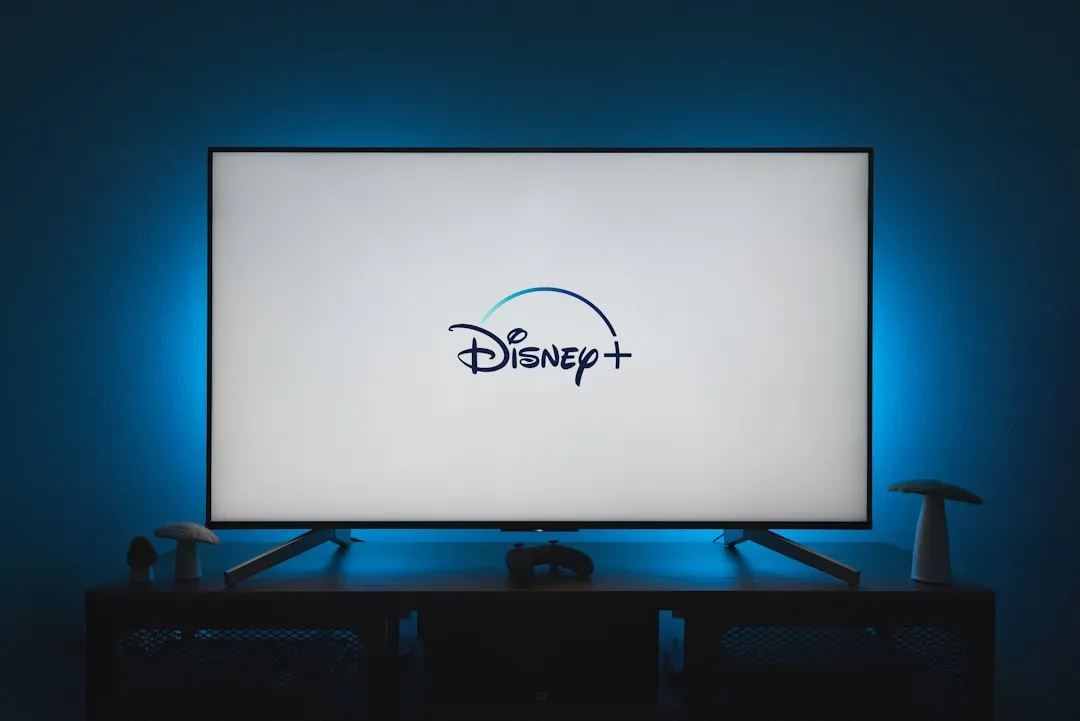
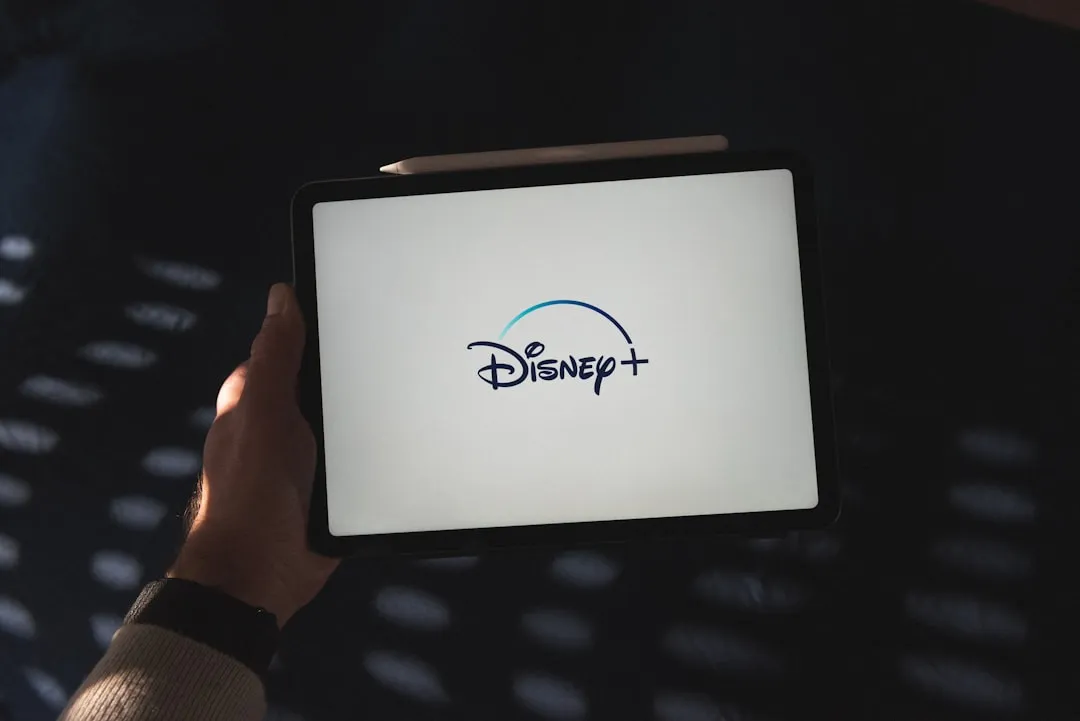
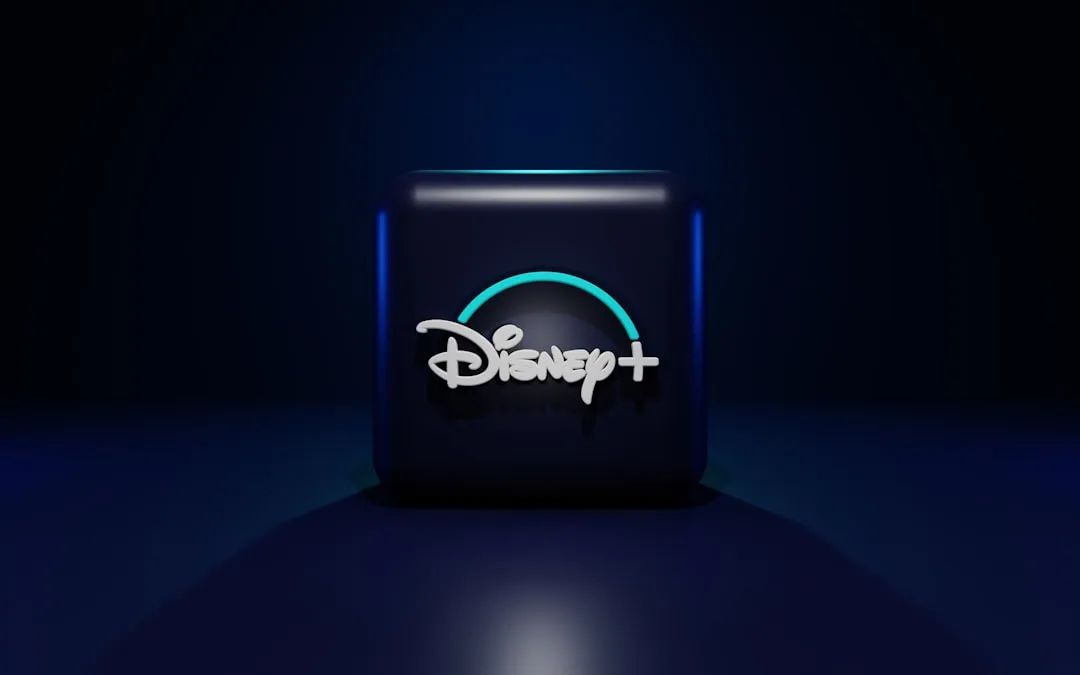
Comments
Be the first, drop a comment!